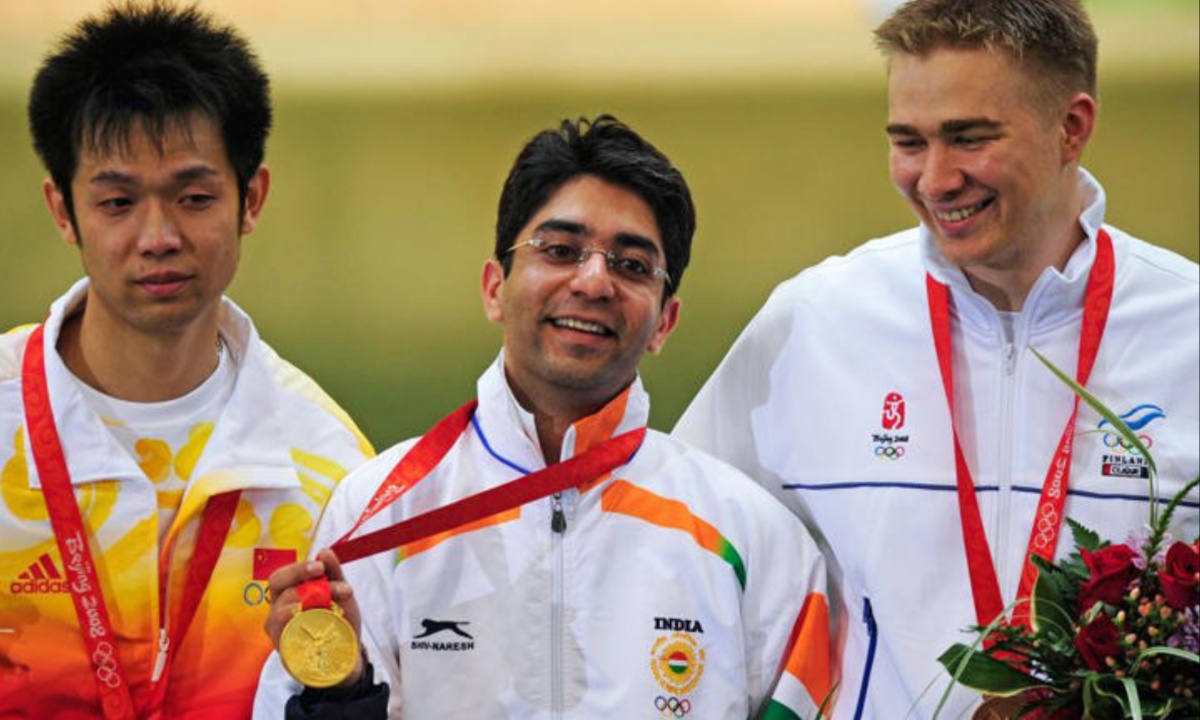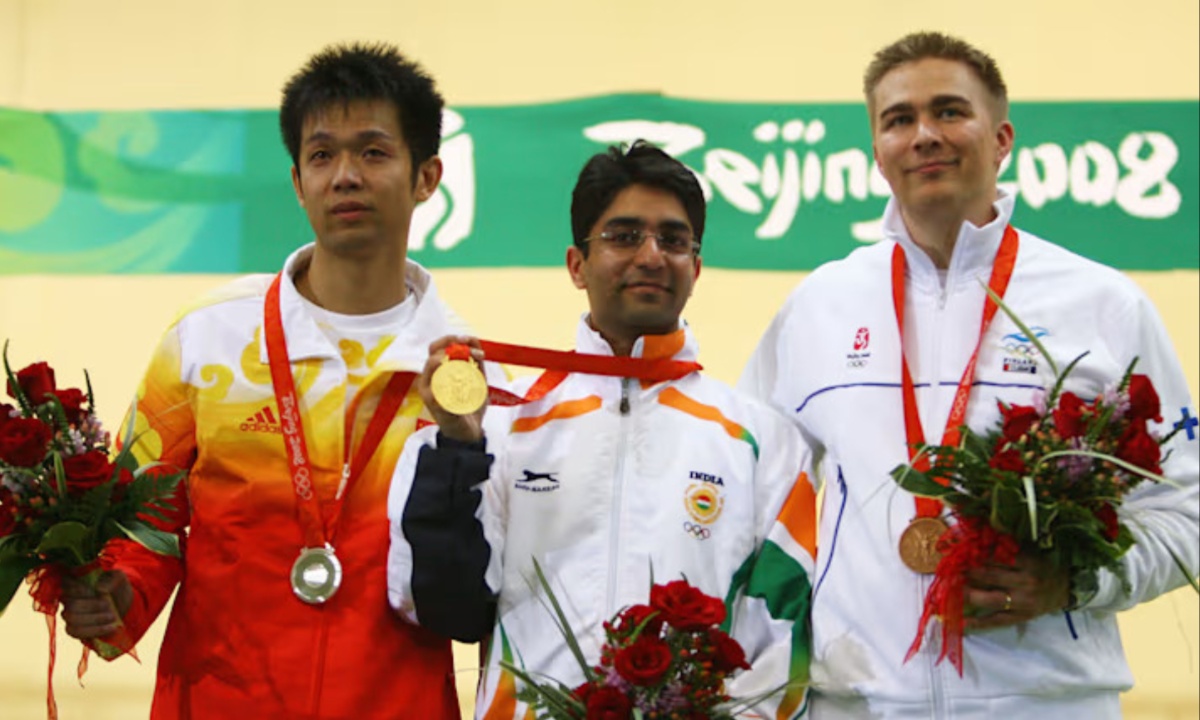The competition was intense during the final round of the men’s 10-meter air rifle event at the 2008 Summer Olympics in Beijing, with India’s Abhinav Bindra tied with his rival. Bindra’s near-perfect shot secured him India’s first-ever individual Olympic gold medal. This historic achievement raised hopes that India would start performing better at the Olympics after decades of underperformance.
However, 16 years and four Summer Games later, India has added just one more gold medal to its tally, falling short of those high expectations. Despite being the world’s most populous country, with over 1.4 billion people, and a global economic and technological power, India continues to struggle at the Olympics.
At the 2024 Paris Games, India won six medals, failing to surpass its record of seven medals at the Tokyo 2021 Olympics, and ranked 71st overall, trailing countries with much smaller populations.
India’s poor Olympic performance has been a long-standing issue, with the country winning just 41 medals since its Olympic debut in 1900. Experts attribute this underachievement to several factors, primarily underinvestment in sports.
Unlike traditional Olympic powerhouses such as the United States, China, and Russia, India lacks a strong national sports training program, which these nations have used to identify and nurture talent from a young age.

India’s Olympic Journey from Abhinav Bindra’s Historic Gold to Ongoing Challenges and Future Ambitions
Indian athletes face challenges such as insufficient funding, inadequate sports infrastructure, and broader health issues, which hinder their development. Analysts point out that while India’s population is over 1.4 billion, only a small fraction have access to quality sports facilities.
Additionally, India’s struggles with malnutrition and high rates of child wasting and stunting due to undernutrition impact the nation’s ability to compete at the highest levels in sports, where physical health is crucial.
Women athletes in India face further obstacles, with deep-rooted societal and cultural barriers. Indian wrestler Sakshi Malik, who won bronze at the 2016 Rio Olympics, highlighted the challenges of being a female athlete in a male-dominated sport.
Her decision to quit wrestling to protest sexual harassment allegations within the wrestling federation demonstrates the additional burden many women face, even as they strive for sporting success.
Despite these obstacles, individual athletes have sparked national pride and hope for India’s Olympic future. Neeraj Chopra’s triumph in javelin has captured the hearts of millions, showcasing the country’s potential to shine on the global stage.
India’s unmatched success in cricket further highlights its ability to dominate in international sports. With cricket set to return to the Olympics in 2028, Indian fans eagerly anticipate the opportunity to claim another Olympic gold for the nation.
Efforts to improve India’s sports performance have increased in recent years, with government initiatives such as Prime Minister Narendra Modi’s “Khelo India” program and the revamping of the Target Olympic Podium Scheme (TOPS) to support elite athletes. These initiatives aim to foster a sports culture and provide young athletes, especially in rural areas, with better opportunities to compete internationally.
Looking forward, there are signs of growing Olympic ambitions in India, including Modi’s announcement that the country will bid to host the 2036 Summer Games.
While India’s Olympic performance has been disappointing so far, sports analysts believe that the foundations are being laid for future success. With continued investment and support, India could potentially climb higher in the Olympic medal rankings in the coming decades.











































